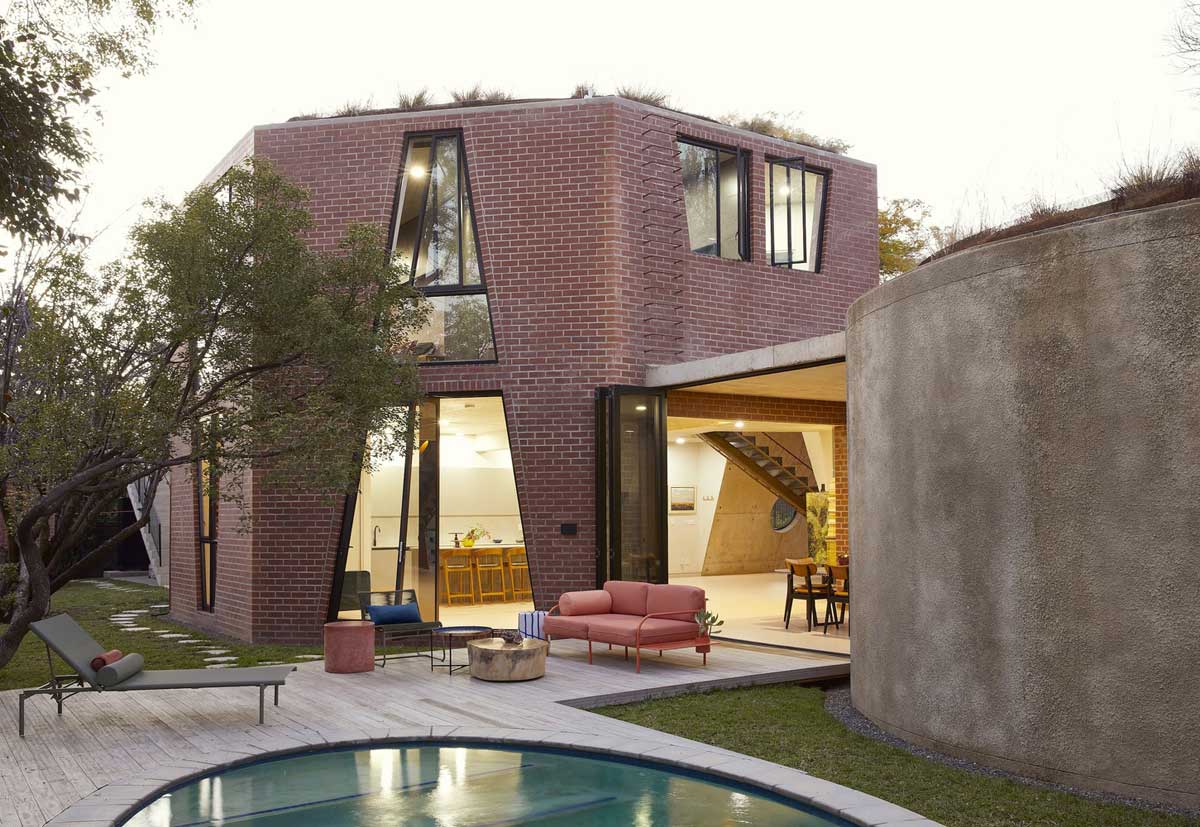The world of architecture is constantly evolving, and with it, the elements that define our built environment. One such element, the humble window, has undergone a radical transformation in recent years. This article explores the concept of new window design, using the Great Primary Shapes House by Gregory Katz Architecture as a case study.



New Window Design: A Shift in Perspective
The new window design is not just about aesthetics or functionality; it’s about changing the way we interact with our surroundings. In the Great Primary Shapes House, the concept of new window design takes center stage. The house, with its focal point being a magnificent Chinese Nettle tree, can be aptly described as an ever-evolving architectural marvel. It takes on a transformative journey, morphing through a series of geometric shapes, commencing with a triangle, and culminating in a circle. The new window design is a key part of this transformative journey.
The concept for this 275m² house, nestled on a 1,600m² plot of land, originated from a book Gregory Katz was engrossed in at the time—Euclid’s Elements. Captivated by the idea of creating a structure where the exterior of each shape is composed of different materials, while the interior materials remain consistent, thereby unifying the spaces, Greg sketched a rudimentary digital diagram that incorporated various shapes like triangles, hexagons, cubes, and circles. An infectious idea that prompted the clients to suggest the inclusion of trapezoid windows. Since the design unfolded from the outside in, it became one of the most unconstrained projects in the practices’ portfolio, devoid of any fixed formulas or constraints. It introduced a layer of complexity that sparked debates and required continuous-resolution throughout the process.



The Role of New Window Design in Modern Architecture
The role of new window design in modern architecture is multifaceted. In the Great Primary Shapes House, the new window design plays a crucial role in defining the character of the house. Interconnected living areas create a sense of cohesion, seamlessly integrating with the outdoors through strategically positioned geometric aperture windows. The architect intended to invite exploration and delight in every corner, captivating the imagination with its progressive metamorphosis. The house’s distinctive charm lies in the fact that its skin doesn’t require paint; each shape possessing and facilitating its own unique identity and distinctive character. The triangular entry volume houses a staircase that climbs at the perfect 3D angle, following the contour of the wall. This non-axial placement allowed space for the entrance door at the base of the stairs. Creating a fascinating association and harmony between the floor plan and section.



The Impact of New Window Design on Interior Design
The impact of new window design extends beyond the exterior of the house; it also influences the interior design. Having worked on the client’s previous residences, Interior designer Cecil Cameron has a deep understanding of their style, preferences, and distaste for the ordinary. Thus, it became a matter of harmonizing their distinctive style with Gregory’s architectural vision. The interior design honors the architectural design while also imbuing the space with a sense of warmth and comfort through a curated selection of contemporary eclectic statement pieces. To accommodate the unconventional room shapes, the team opted for a significant amount of custom-made furniture and pops of color, enhancing the space’s uniqueness.



Conclusion
The new window design, as exemplified by the Great Primary Shapes House, is a testament to the beauty of architectural innovation. It showcases how a simple element like a window can transform the character of a house, create a unique identity, and redefine the way we interact with our surroundings. The new window design is not just a trend; it’s a revolution in the world of architecture, pushing the boundaries of design and challenging our perception of space.












